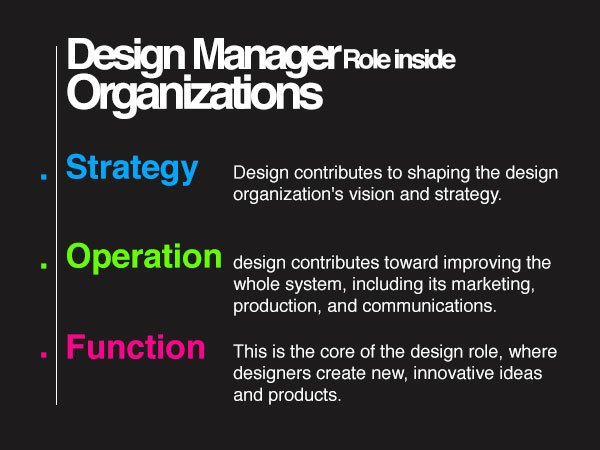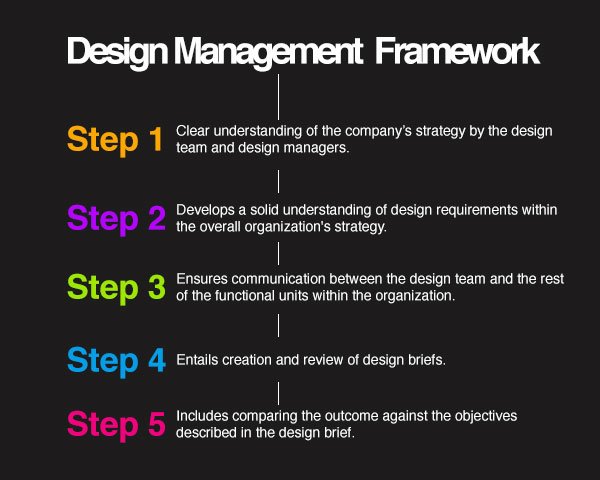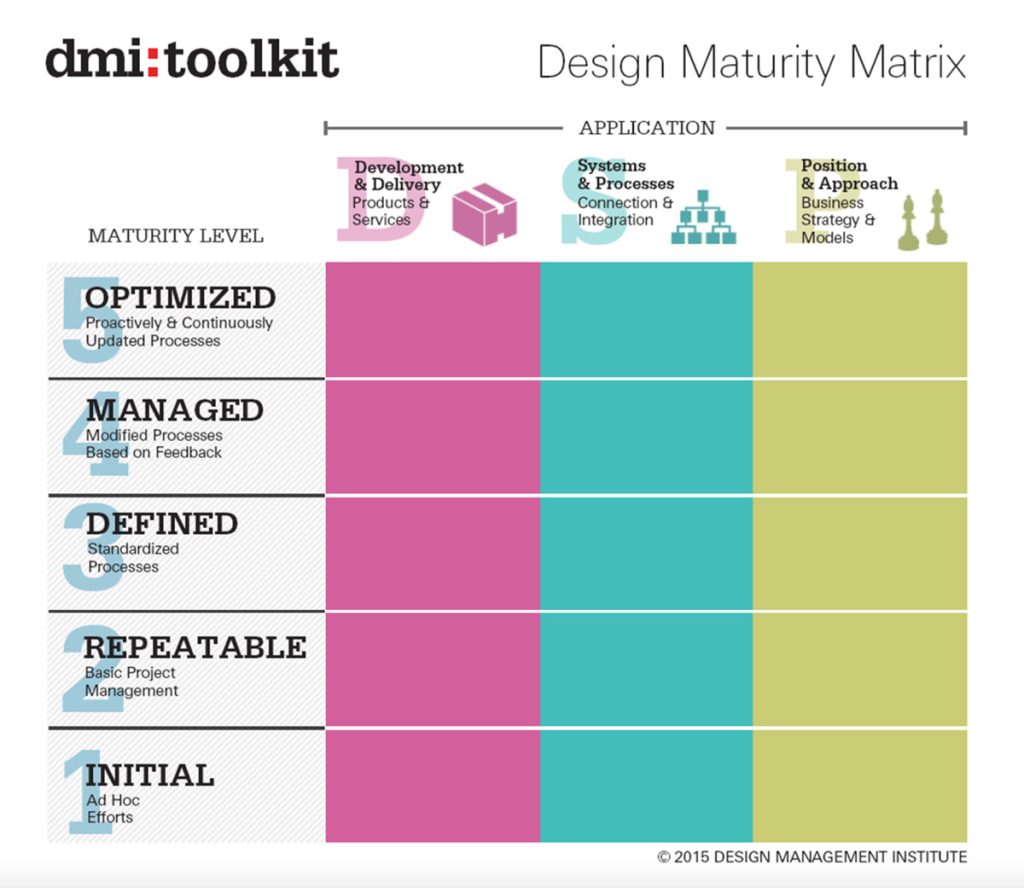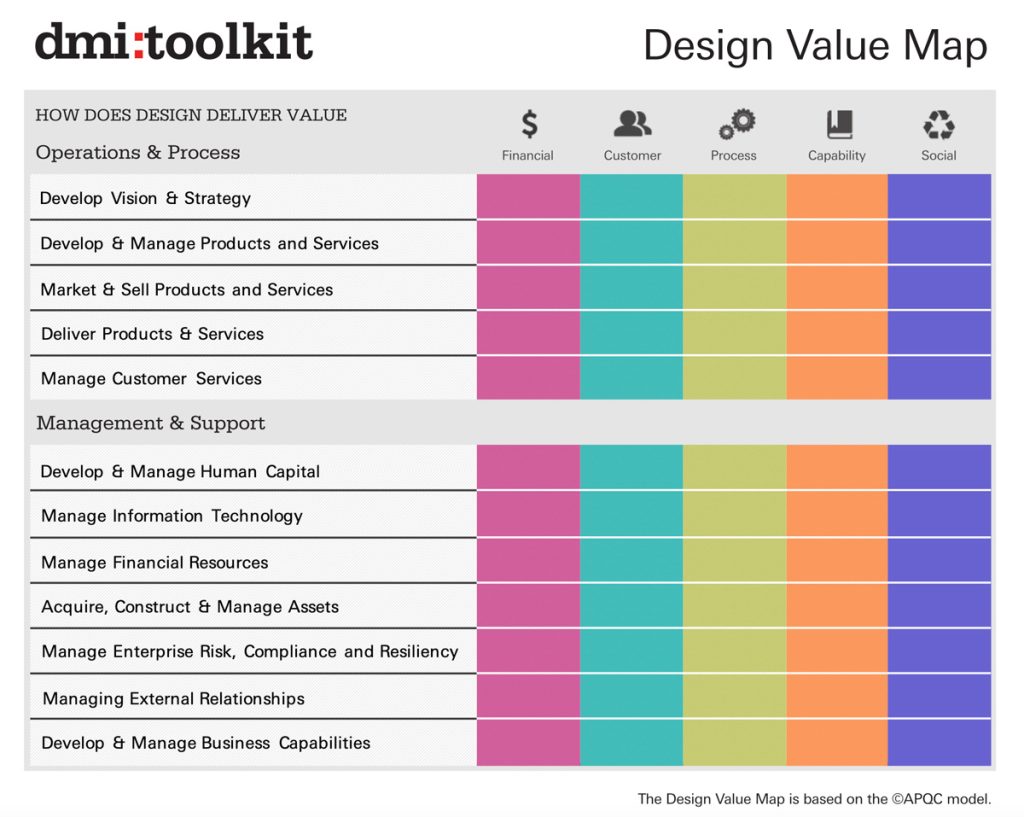What is Strategic Design and its Role inside the Organisation?
While teaching design classes at several universities, I got to explore the design thinking process with the students and highlight the role of design and creativity during the different process stages. For example, the Double Diamond design thinking process helps us to explore the problem/solution space of the problem to identify innovative solutions (check Why Design Thinking Doesn’t Work). However, we still see the design through a process level when strategic design can extend the role of creativity and innovative problem solving inside the organisation to more design management level involving the collaboration between all the stakeholders in the business ecosystem.
In a research study conducted by the Design Council in 2001, strong evidence indicated that design rules can contribute to the success of an organisation (Design Thinking Case Study: Innovation at Apple) in multiple aspects, such as by:
- They are increasing capital turnover by 51 per cent.
- They are increasing profits by 48 per cent.
- They are reducing costs by 25 per cent.
- They are improving the organisation’s image by 50 per cent.
- Improving communication with the consumer by 45 per cent.
- Improving the quality of the product or service by 44 per cent.
- Increasing the development of new products by 40 per cent.
The Design Manager’s Role in the Organization
To better understand the strategic design inside the company, we need to learn more about the design team’s responsibility, and the head of this team is the design manager. In her book, Challenge of Design Relationships, Borja de Morzota categorises the design management role based on the following:
- Strategy: Design shapes the design organisation’s vision and strategy (Design Thinking Examples of Driving Creativity). The top level of design contribution and the value of the design mindset are taken to solve organisational problems, drive innovation (Types of Innovation: The Complete Guide with Examples), and build a design culture inside the team.
- Operation: In this role, design improves the whole system, including its marketing, production, and communications. It focuses on the design process and how to stream it across the different departments and stakeholders.
- Function: This is the core of the design role, where designers create new, innovative ideas and products. In this part, the designer’s role is limited to creating design materials, including prototypes, products, services, printing materials, and digital interfaces. Their role only extends beyond these tasks.

In other design management approaches, leadership is categorised into a strategic, tactical, and operational (functional) level. The tactical level is very similar to the operational stage in the above model, as it includes tasks related to business strategy and the design of the project management structure. Incorporating design into the above tasks requires contributions on multiple levels within the organisational structure, starting with new product development and inevitably shaping the organisation’s vision and strategy (SCAMPER Technique Examples and Applications).
The Strategic Design Process
In Robert Jerrard’s and David Hands’ book, “Design Management: Exploring Fieldwork and Application,” designing the strategic management of a company is implemented through a five-step framework:
- Step one involves clearly understanding the company’s strategy by the design team and design managers.
- Step two develops a solid understanding of design requirements within the overall organisation’s strategy.
- Step three ensures communication between the design team and the rest of the functional units within the organisation.
- Step four entails the creation and review of design briefs.
- Step five includes comparing the outcome against the objectives described in the design brief.

While the above steps provide a holistic vision of the design’s contribution to company strategy, step five merges design production management with the evaluation of the output based on the initial requirements discussed in the design brief. Separating these sub-steps into two stages in the framework gives a clearer vision of the designers’ role in this production stage. Additionally, having a separate step for evaluating the output highlights this stage, which many companies neglect, especially after the end of the project.
Strategic thinking inside a company or organisation is a holistic process that involves multiple parties from different units, including the marketing team, the design team, the C-level executives, and executive managers. All these parties must ensure that the overarching strategy is applied to the company structure and that projects flow through the above framework.
Changing Organisations by Design
In design strategy and competitive advantage research published in Business Horizons 1998, design strategy is defined as “the effective allocation and coordination of design resources and activities to accomplish a firm’s objectives of creating its appropriate public and internal identities, product offering, and environment.”
Design also contributes to the company’s strategic development through the following formula:
Change = Vision X x X Felt Need to Change
Based on this formula, designers participate in their organisation’s strategic development in two ways:
- Vision: The design manager champions the project’s or organisation’s vision to the decision-makers inside the organisation.
- X refers to the steps required to apply the change, which includes design stages such as branding, logo design, website design, etc. Design contributes to the company’s or project’s strategic planning and development during different stages, including planning, implementation, and evaluating feedback and improvement.
The impact of internal and external factors of the design strategy is not isolated from the whole process within the company; it is affected by several factors, such as the client and society. The first factor that affects design strategy is the business objectives because the design strategy is described within the context of the company’s business strategy.
The second factor is the brand’s legacy and how the client and society perceive the brand of the product or the company to be. This is one of the factors that should be considered, as this perception of the existing brand can be inserted as a strength in future company strategies. In my previous article about the design thinking behind the London Underground’s new train, the designer strived to keep the sense of the old London Underground train in both interior and exterior, as this branding adds value to the innovation in both client and user aspects.
The third factor is marketing communication and how it affects design strategy development. The design and marketing teams should fully integrate and understand each other’s strategy that fits both departments’ goals and needs. Many companies fail to develop an innovative product because of miscommunication between those units, leading to a product or service that does not keep the end consumer in mind (check tools such as Customer Journey Mapping, the Value Proposition Canvas, and behavioural design strategies).
Strategic Design and The Design Maturity Matrix
One of the valuable tools that can help us understand the strategic design inside the organisation and the level of its maturity is the Design Maturity Matrix developed by the Design Management Institute (DMI). Based on the previous level of design management, the Design Maturity Index makes the application across three areas of the business (Measuring Design Thinking Impact):
- Development and delivery: products and services
- Systems and processes: connection and integration
- Position and Approach: business strategy and models

The design activities are mapped based on their maturity on five levels, moving from ad hoc efforts (initial) in the lower level to the highest level (optimised), where the design process takes a proactive form and is updated and continuously improved.
Another tool created by the DMI is The Design Value Map, which helps to explore how design delivers value in the business in five areas: financial, customer, process, capabilities (organisational learning), and social (including environmental impact). Several process and management tasks are mapped across these five areas: developing, developing vision and strategy, and developing and managing capital.

Many examples prove that design contributes to building a successful organisational strategy. This contribution requires involvement on multiple levels, including the strategic, functional, and operational levels. This design integration into the whole organisational structure will only occur with effective communication between units inside the company (Empathic Design Approach to User-Centred Design).
While many see this change as a waste of time, effort, and financial resources, the Design Council’s results indicated above provide a forecast about the impact of such change on the whole company’s business. Applying a design strategy is a potential investment that can lead the company to tremendous success and market share.






